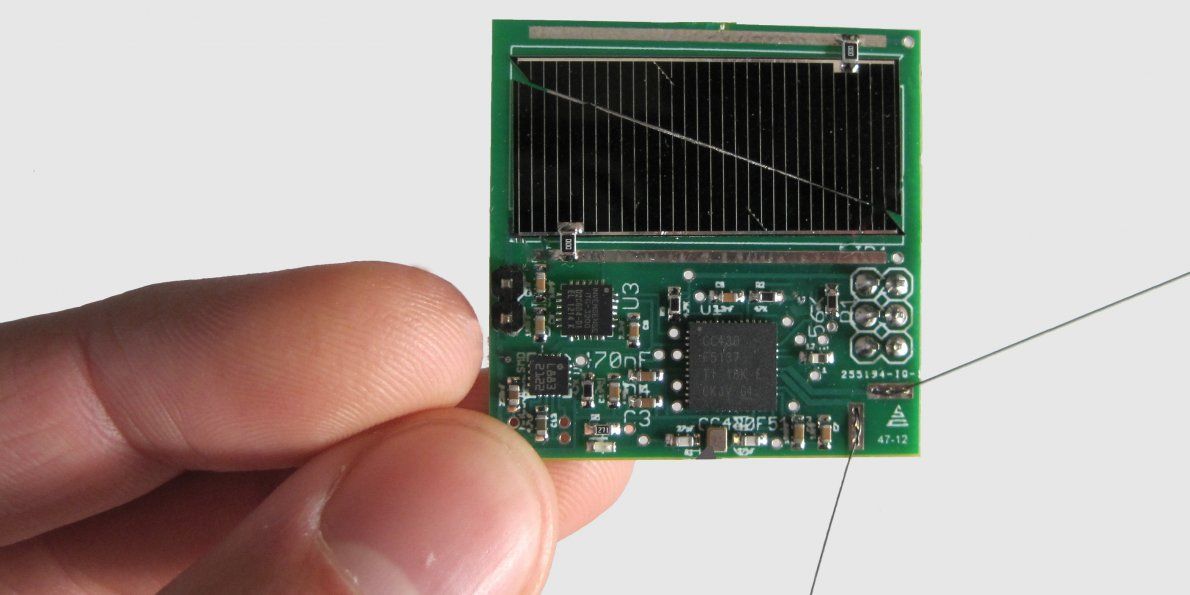Aug 2, 2017
Expert warns ‘cancer moonshot’ could open the door to DNA bioweapons
Posted by John Gallagher in categories: biotech/medical, innovation
Scientists around the world have long been searching for a cure for cancer, and recent advancements in technology coupled with rigorous new efforts such as Joe Biden’s ‘cancer moonshot’ have ignited hopes that it could soon become a reality.
But, experts warn that such a breakthrough, despite its obvious benefits, could have unexpected global consequences.
Continue reading “Expert warns ‘cancer moonshot’ could open the door to DNA bioweapons” »
















